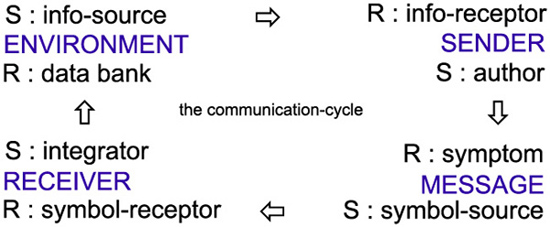
Giovanni Alfonso Borelli: An Innovative Scholar of the Galileo-Castelli School
Giovanni Alfonso Borelli (1608–1679) stands out as a significant individual from the Galileo–Castelli school of mathematics, with his existence in 17th-century Italy resembling the narrative of a mid-Victorian novel. Originating from modest circumstances in Naples, Borelli’s brilliance and mathematical talent granted him the opportunity to study under Benedetto Castelli at Sapienza University in Rome. His career took off due to Castelli’s endorsement, landing him a lectureship at the University of Messina, Sicily. Even though he missed a chance in Pisa, his journey across Italy introduced him to prominent scholars, including Vincenzo Viviani and Bonaventura Cavalieri, thus bolstering his standing.
While in Messina, Borelli authored works covering topics from mathematics to medical insights regarding local fever outbreaks. Although his correspondence with a mathematician from Palermo garnered little attention, his empirical medical approach showcased foresight, contesting widely accepted beliefs about disease causation.
Borelli’s academic path brought him back to Pisa, thanks to Grand Duke Ferdinando II, where he collaborated with Marcello Malpighi to establish the Accademia del Cimento. This group was committed to experimental science, setting benchmarks, and developing instruments, though it ultimately disbanded due to internal conflicts.
In Pisa, Borelli’s publications flourished. His “Euclides restitutus” reinterpreted Euclidean geometry, and his astronomical studies of comets contradicted earlier claims made by Kepler. Nonetheless, his most critical work was “Theoricae mediceorum planetarum ex causis physicis deductae,” where he elaborated on Kepler’s heliocentric theories, even affecting Newton’s work.
Borelli’s treatises “De vi percussionis” and “De motionibus naturalibus a gravitate pendentibus” delved deeper into mechanics, but it was “De motu animalium” that solidified his legacy. This posthumously published work, with assistance from Queen Christina of Sweden for its printing, applied mechanical concepts to living organisms, establishing the foundation for biomechanics.
Despite a descent into poverty, Borelli’s intellectual legacy encompassed mathematics, medicine, and biomechanics, positioning him as a polymathic natural philosopher of his time. His life, characterized by rise and struggle, encapsulates the richness and the challenges of scientific inquiry during the Renaissance in Italy.